Even if the food itself is completely fine, serving it on one of these types of plates can turn it into “poison.”
Plates are familiar items that every family, regardless of rich or poor, has. Each person has different criteria when choosing a plate such as: color, price, size... or pattern. However, there is one important thing that is easily overlooked. That is, plates are used to hold food, if you choose the wrong type of plate, you can accidentally turn your delicious food into "poison".
If you have one of the following 5 types of plates in your house, throw them away quickly to protect your health:
1. Imitation porcelain plate used to hold hot food
Imitation porcelain plates are often favored because of their attractive appearance, light weight and low price. However, their material is mainly melamine plastic, which has poor heat resistance. When containing hot food or washing with very hot water, steaming, using in microwave, this plastic can decompose, producing toxic substances such as melamine and formaldehyde. The same goes for highly acidic foods.
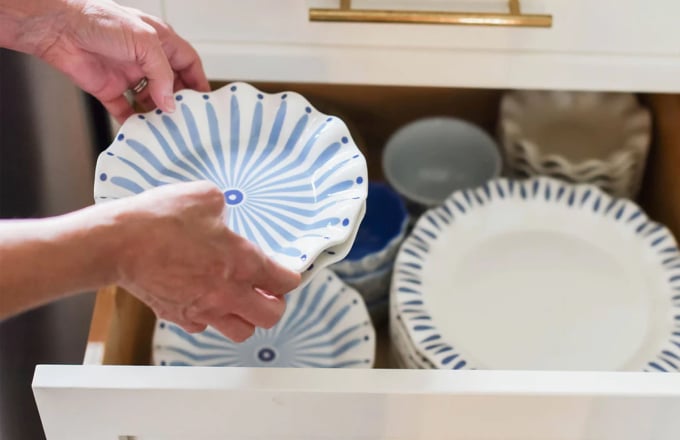
Imitation porcelain plates can contain the risk of melamine and formaldehyde contamination when used to hold hot, acidic foods (Illustration photo)
These substances are not only toxic but also pose a potential risk of cancer. The World Health Organization has confirmed that formaldehyde is a toxic chemical, classified as a group 1 carcinogen.
2. Colorful, patterned enamel plate for hot food
Enameled plates with beautiful designs are often attractive, but they pose many risks. The colors and designs can peel off and leach into food. Furthermore, cleaning these plates is difficult due to their complex structure, which can easily accumulate bacteria and food residue. This can lead to the risk of infection, especially diseases related to the digestive tract.
The risk of ingesting “poison” when storing food in brightly colored, patterned enamel dishes is even higher if they are cheap, scratched, or contain hot food – especially food containing hot liquids. They should also not be used in the microwave or steamed.
3. Disposable paper and plastic plates for hot food
Although cheap and convenient, disposable plates, whether made of paper or plastic, are not a safe choice for your health. Paper plates are often coated with a layer of plastic to make them waterproof, but this plastic layer can contain toxic chemicals when in contact with hot food. Disposable plastic plates are similar, they can release toxic chemicals such as styrene or phthalates when exposed to high temperatures.
Furthermore, both types of plates are not biodegradable, contributing to increased environmental pollution. Their ability to hold food, especially hot food, is also poor. Therefore, only use them in cases of force majeure and choose good ones, do not reuse them.
4. Poor quality glass plate
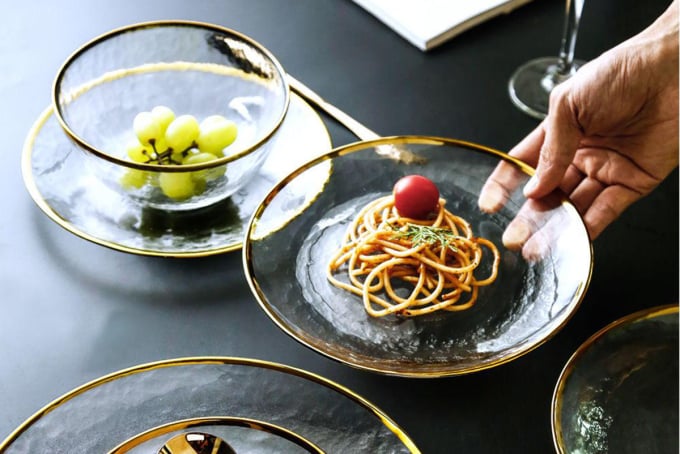
If you want to use a glass plate, choose a high quality, reputable one (Illustration photo)
Poor quality glassware can contain heavy metals such as lead and cadmium, which can leach into food and cause health problems, including cancer and neurological damage. In addition, some types of dishes cannot withstand high temperatures and can easily crack or break when holding hot food, posing a danger to users.
Furthermore, decorative coatings on poor quality glassware can contain harmful chemicals and the uneven surface makes cleaning difficult, creating conditions for bacteria to accumulate. To ensure safety, choose glassware from reputable brands with safety certifications and quality control, even though the price is often high.
5. The disc is scratched or damaged, used for too long
Finally, plates that are scratched, cracked, or otherwise damaged should also be discarded. Cracks can harbor bacteria and make food more susceptible to contamination. In addition, these plates can release toxic substances into the environment, affecting health when used. The same goes for plates that are many years old. Especially if the plate was manufactured before strict food safety regulations were in place.
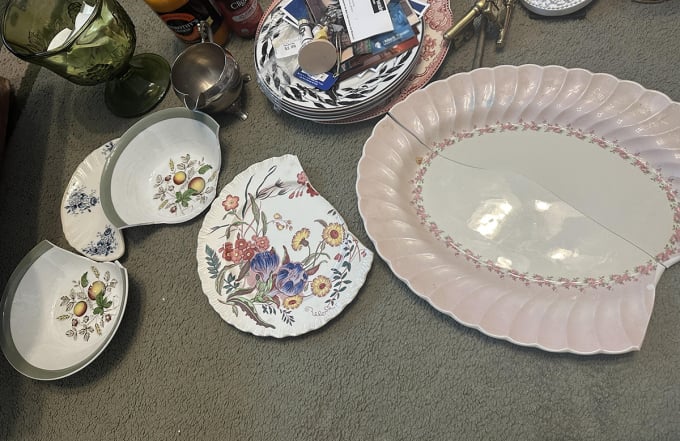
When a disc is cracked, chipped or broken, it is best to throw it away instead of trying to fix it for continued use (Illustration photo)
In addition, old, broken plates also pose a risk of injury due to sharp fragments, and the pressure from hot food can cause the plate to shatter completely. The quality of the food is also affected, even becoming "poisonous" when eaten.
Source and photo: Aboluowang, NetEase Health
Source: https://giadinh.suckhoedoisong.vn/khuyen-chan-thanh-5-loai-dia-nen-vut-bo-som-an-do-dung-trong-do-khong-khac-gi-thuoc-doc-1722410260653206.htm



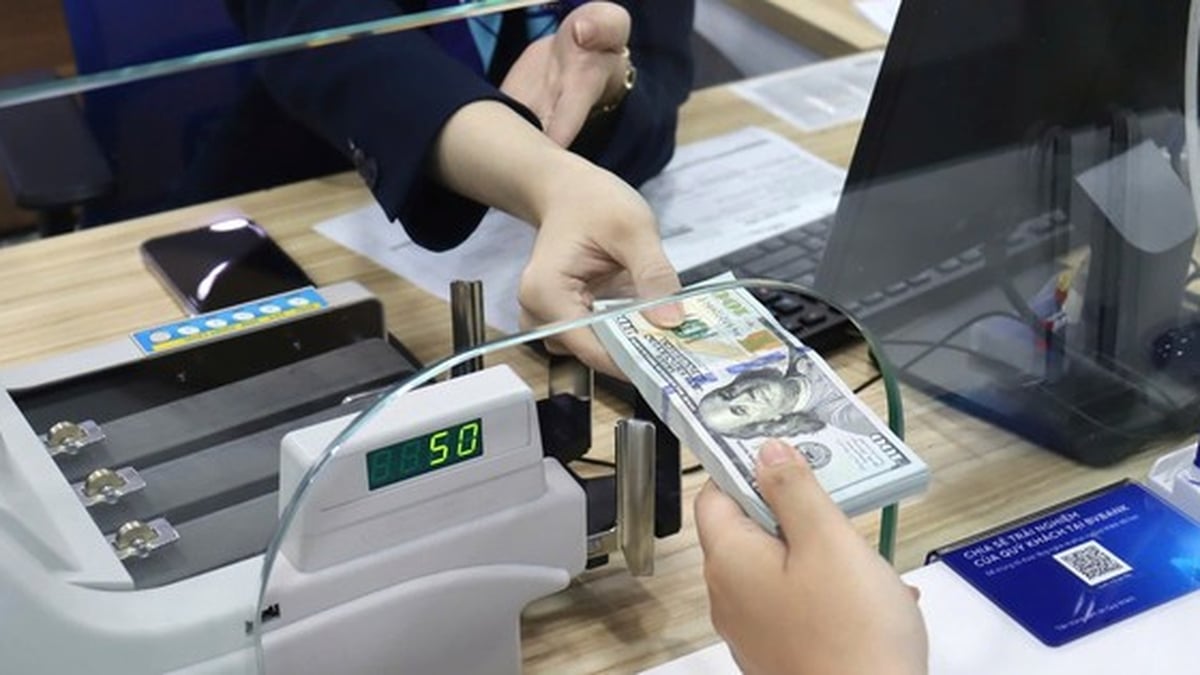


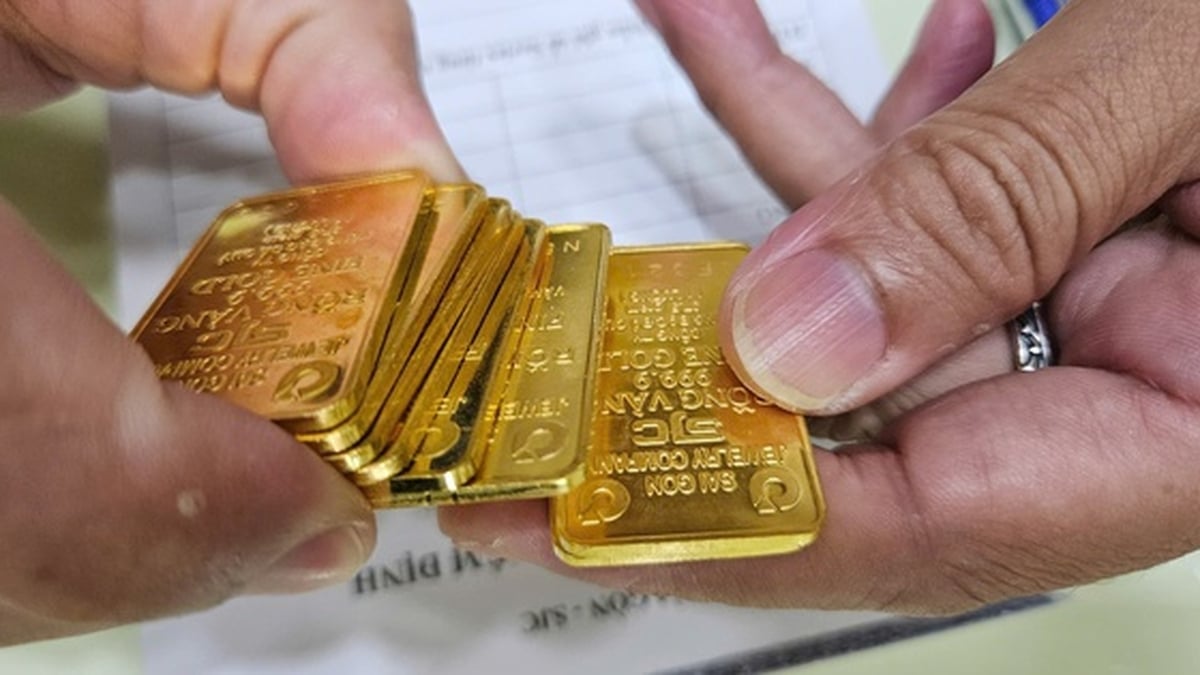
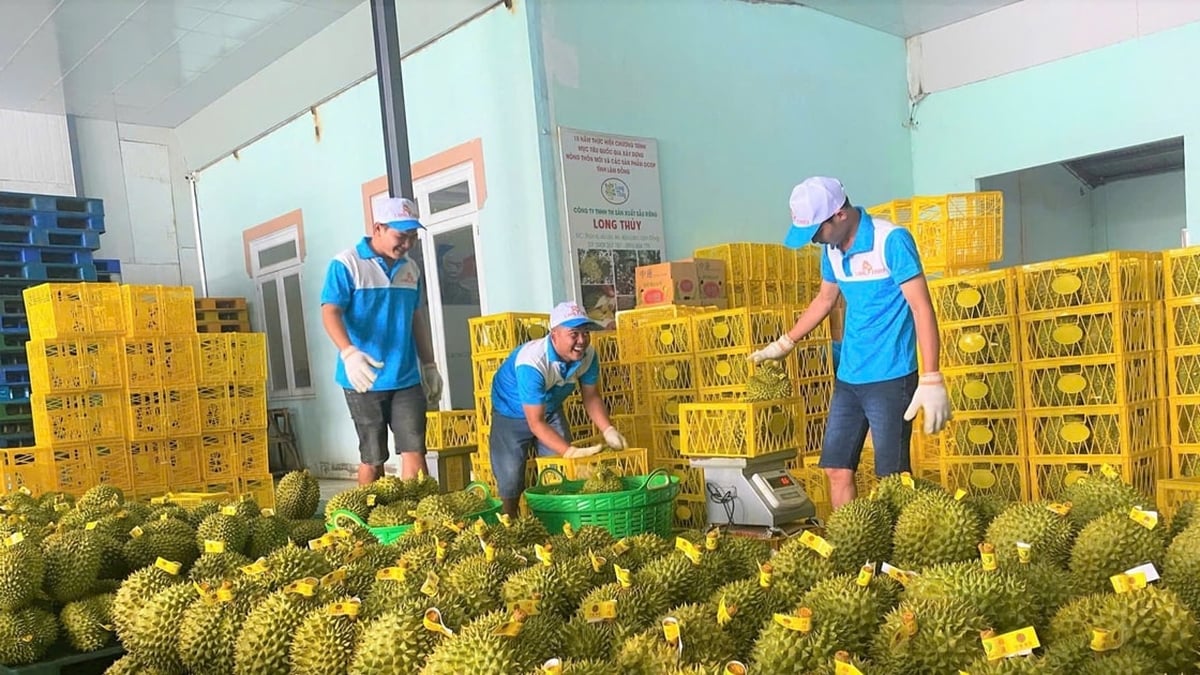























































![[Maritime News] More than 80% of global container shipping capacity is in the hands of MSC and major shipping alliances](https://vphoto.vietnam.vn/thumb/402x226/vietnam/resource/IMAGE/2025/7/16/6b4d586c984b4cbf8c5680352b9eaeb0)

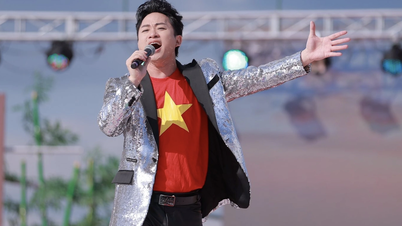









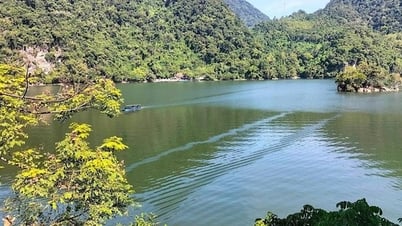

























Comment (0)